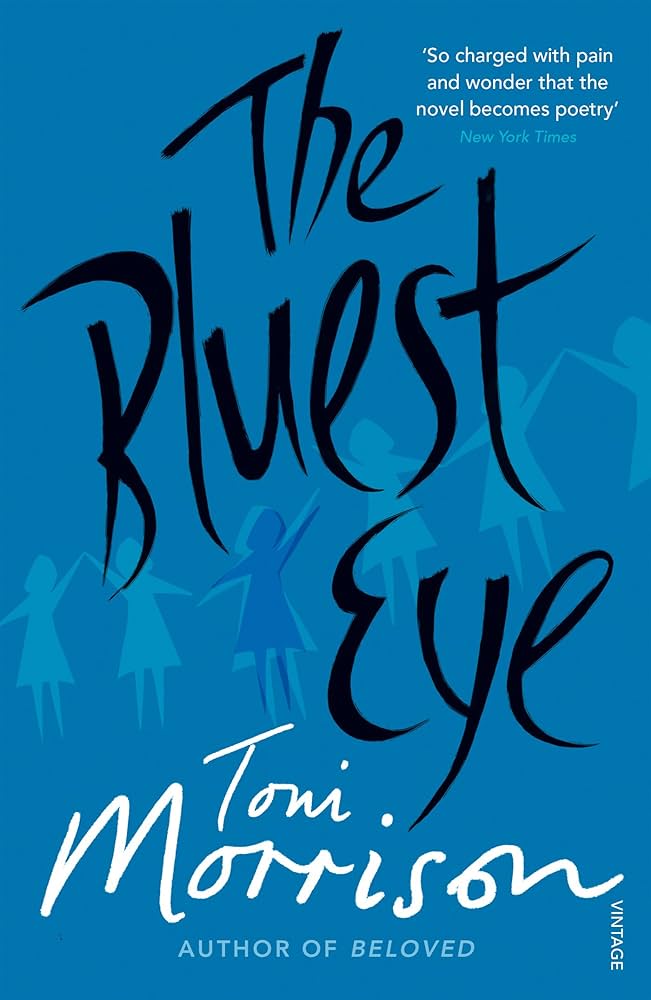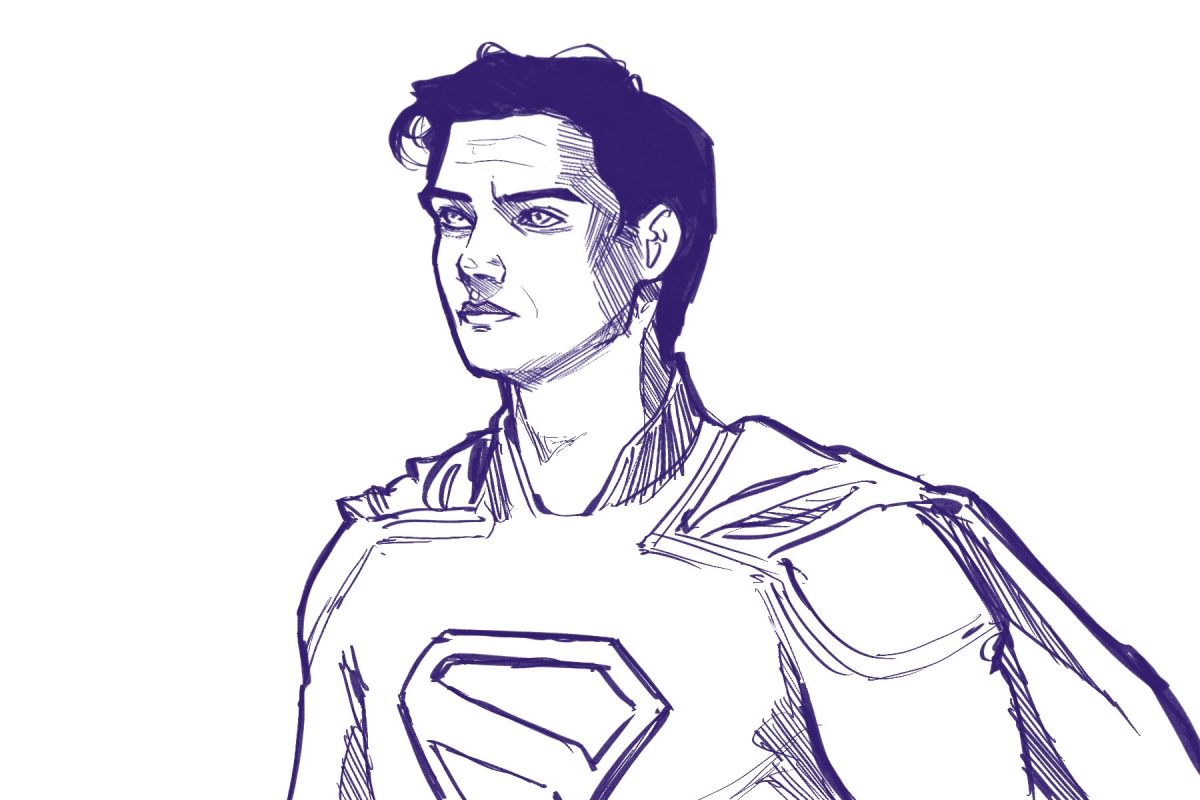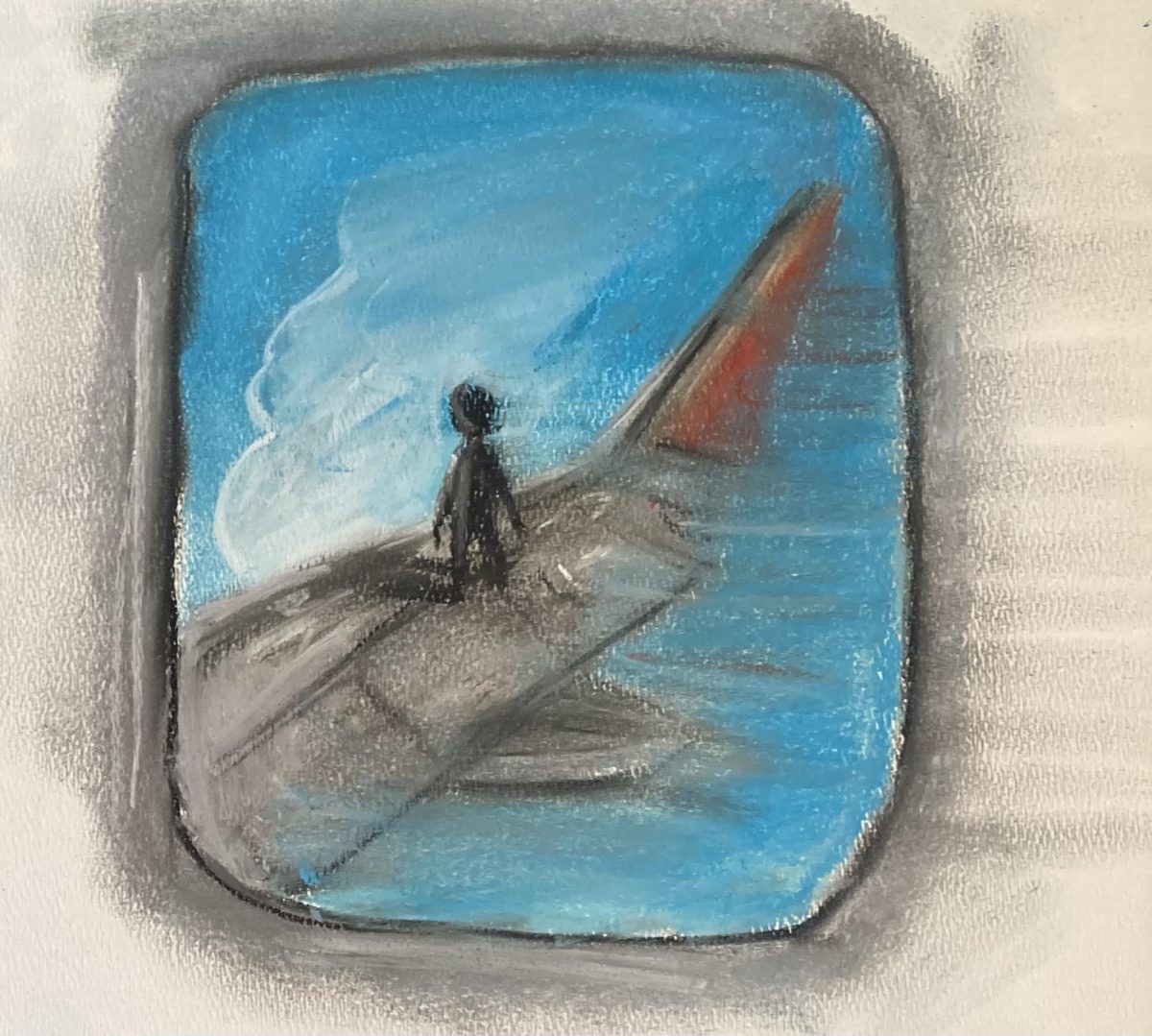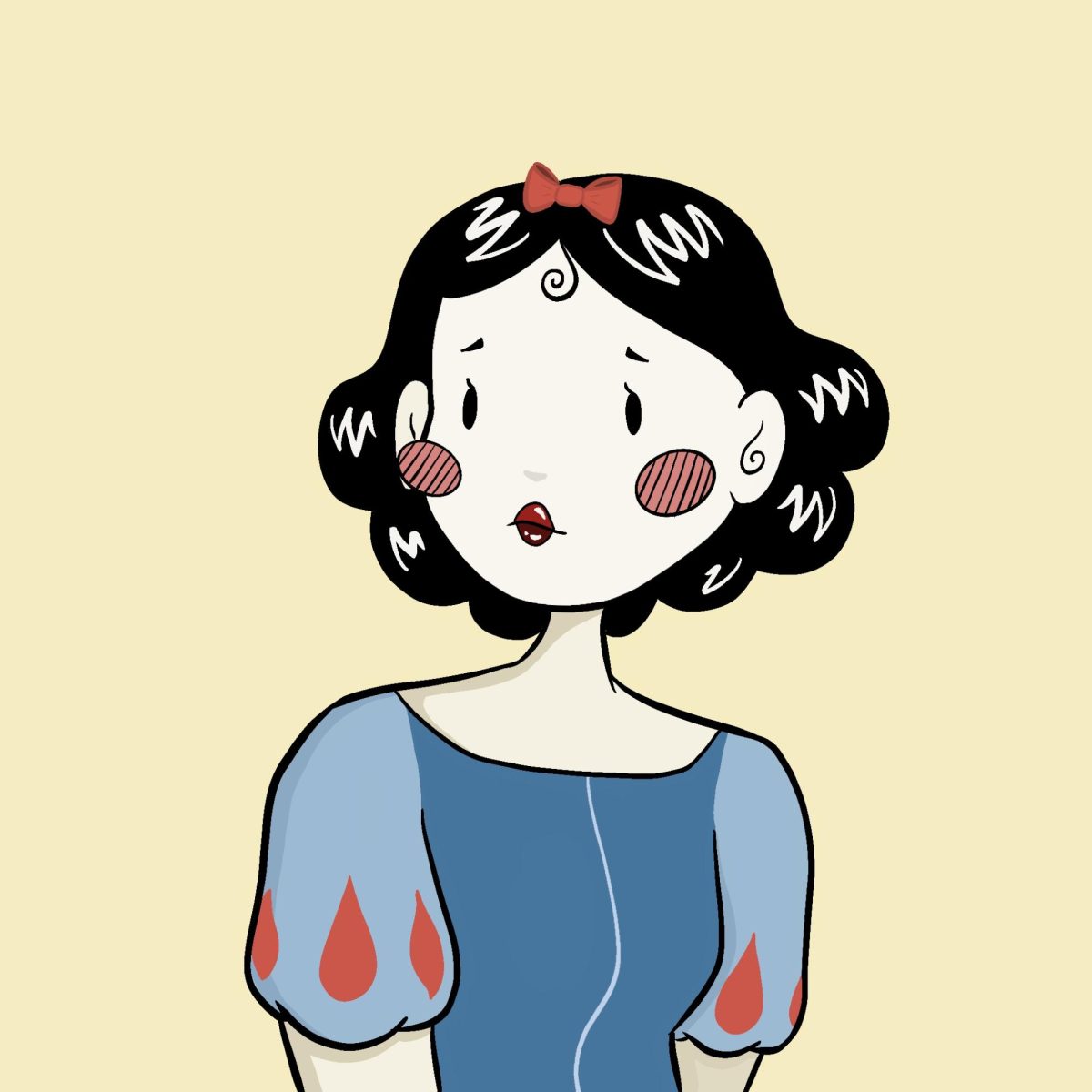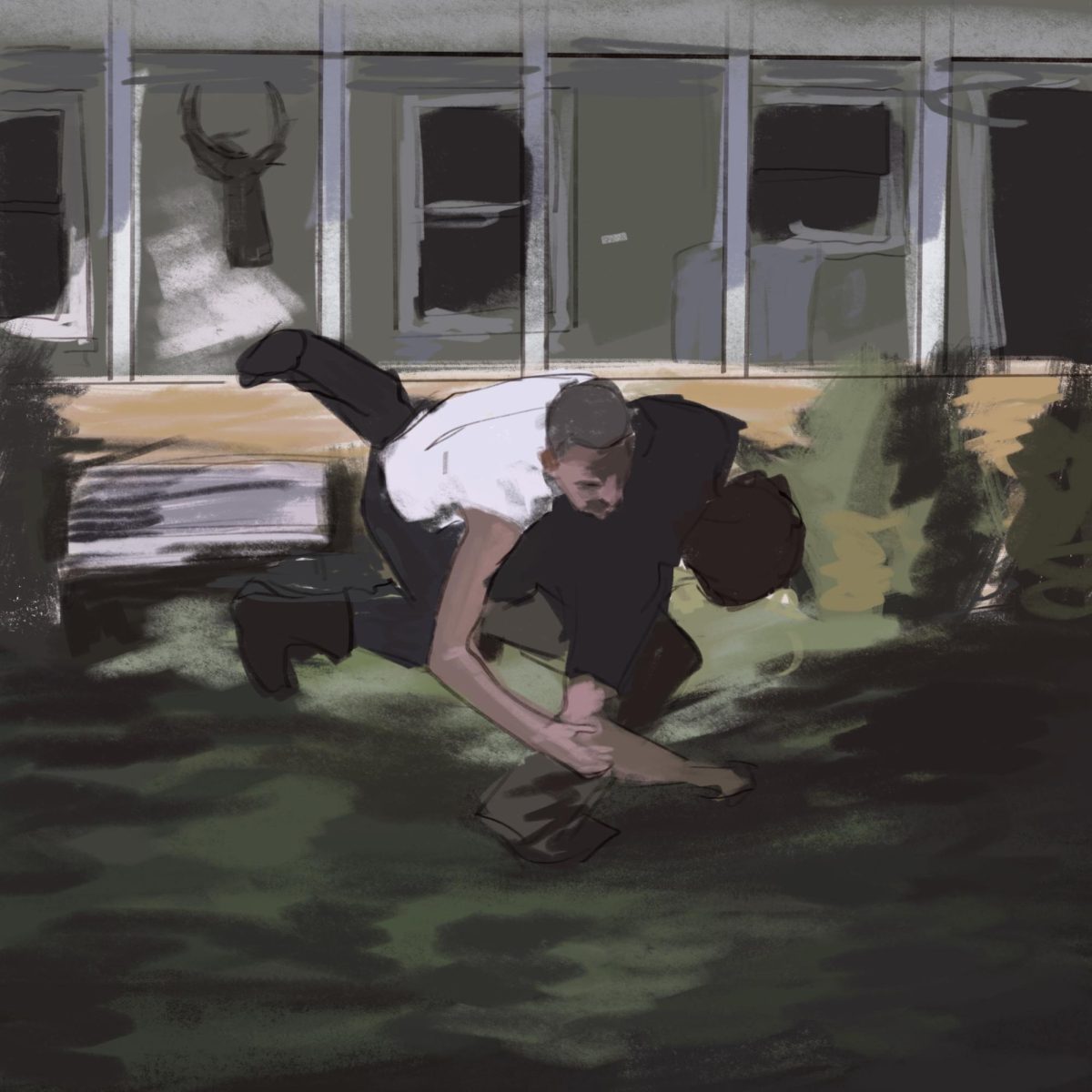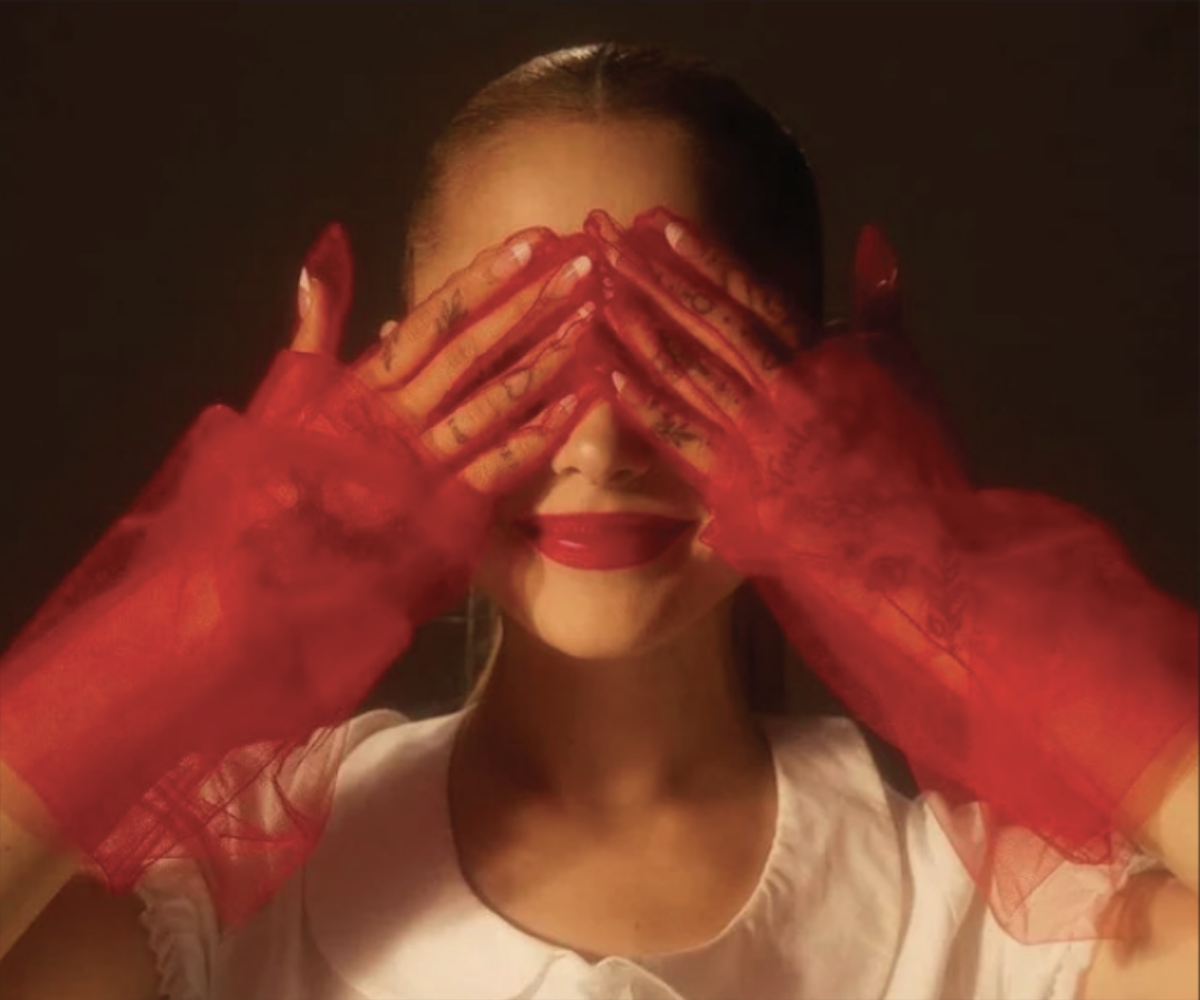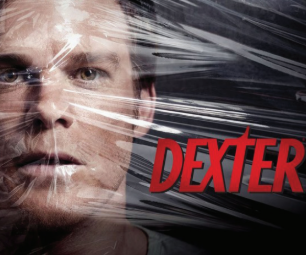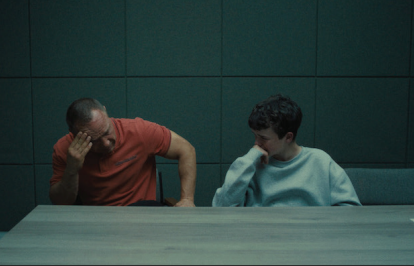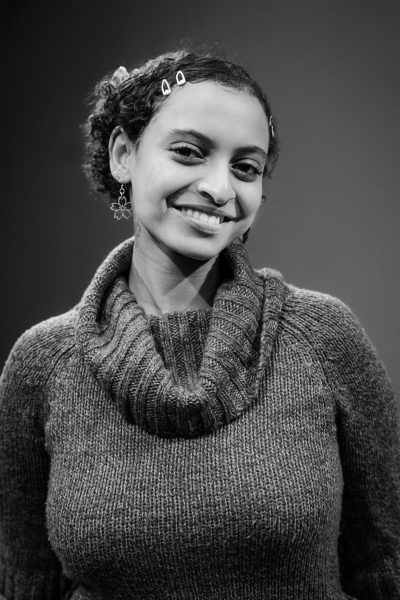The most beautiful book I’ve ever read in my whole life—gifted to me by my Freshman year English teacher (shoutout Mr. Kreuser)—is The Bluest Eye, Toni Morrison’s first published novel. The novel takes place in the 1940s in the northeast of Lorian, Ohio, and tells the story of Pecola Breedlove, a young African-American woman who is marginalized by her community and the larger society. Individually and collectively, people mark Pecola and her dysfunctional family as falling outside the boundaries of what is normal and, thus, as undesirable. Pecola’s story intersects with and contrasts with that of the novel’s primary narrator, Claudia MacTeer. The novel examines the social forces that drive our understanding and definition of cultural constructs such as beauty, normalcy, family, and sexuality. Using Pecola’s story as a focal point, The Bluest Eye delves into the destructive effects of social hierarchies and invisibility.
The Bluest Eye is a coming-of-age narrative that tells the parallel but different stories of its protagonists Pecola Breedlove and Claudia Mac-Teer, two African-American young girls disregarded in their existence during the adolescent years of their life. Unlike Pecola, Claudia survives the damaging impacts of this invisibility and bullying. Pecola, having no such reassurance, falls through the cracks created by racism, sexism, and history. At the novel’s end, she is permanently psychologically fractured. Both of these primary characters, Claudia MacTeer and Pecola Breedlove, move through all four seasons in search of validation for their lives.
The plot of the novel begins with an invitational narrative voice that tells the reader the secret of Pecola’s rape and impregnation by her father. Presumably, this voice is the adult Claudia looking back on her childhood and trying to reconcile her successful survival of childhood with the tragedy of Pecola’s life. The novel, in part, is Claudia’s revisiting the details of Pecola’s story as well as her own acquisition of adult understanding. The Bluest Eye, written during the 1960s, reflects the increasing awareness during that time of the impact of representation on identity formation.
The Bluest Eye by Toni Morrison holds a special place in my heart as a must-read. As a reader, you’ll be drawn to the struggles of Pecola Breedlove, a young person yearning for acceptance and beauty in a world that constantly tells her otherwise. Morrison invites you into a world where the search for identity and self-worth becomes achingly real. This novel is such a personal and emotional journey that it will feel like you are looking into a mirror. It resonates long after you’ve turned the final page, making it an essential and transformative addition to your reading list.

